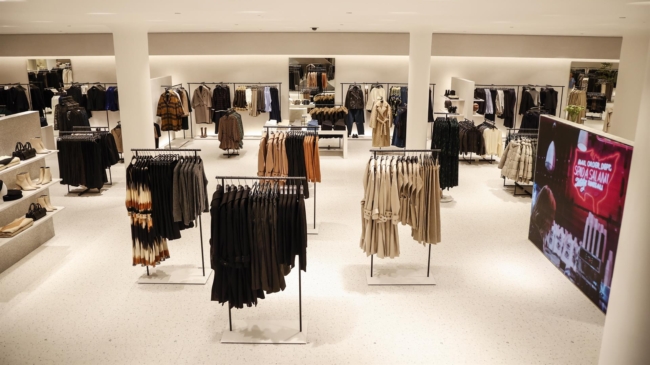Unified Commerce (UC) is an evolving practice in the fashion industry that enables retailers to connect backend systems with different customer-facing channels (omnichannel) via a single platform. The concept ensures that the customer has the same experience whichever way they choose to shop, while all the data about prospects, customers and products filters into a single platform. While the term has been around for years, an article by Fashion United reports that despite an enthusiasm for the concept, retailers are largely unprepared for it. According to a survey by Bain and Company, on behalf of Aptos, 75% of retailers think their company has ambitious UC goals and only 55% believe their strategy is clear and well-defined.
UC eases integration between channels and goes one step further to avoid duplicating processes, according to Nikki Baird, VP Strategy at Aptos. She notes ‘promotions’ as a good example where a promotion can be set a number of ways – merchandising systems, point of sale systems or ecommerce order management systems – and oftentime these are not in sync, which is a problem for customers who expect to receive the same promotion via all channels. UC enables retailers to have one promo engine that serves all channels and goes beyond omnichannel retailing because it reduces the level of complexity of integration that is required from the beginning. Studies have shown that successful implementation leads to higher organic sales growth vs peers.
Experts agree that prioritizing investment in underlying technology for businesses is critical to deliver a seamless customer experience – which they have come to expect in today’s world of heavy online shopping. However, retailers remain hesitant to implement UC given rapidly changing consumption patterns, economic uncertainties and internal organizational barriers. This will require a more pragmatic approach within brands to ensure ease of deployment and integration with a more collaborative approach among different departments. According to a November 2022 survey by Bain, the apparel industry spent 33% on technology compared to 31% by general merchandise stores and 29% by food, drug and convenience stores – leaving opportunities for the fashion industry to widen its lead with further investment in UC.

